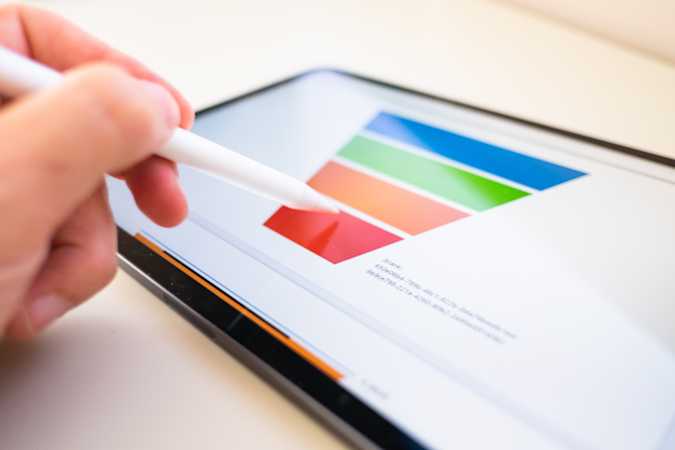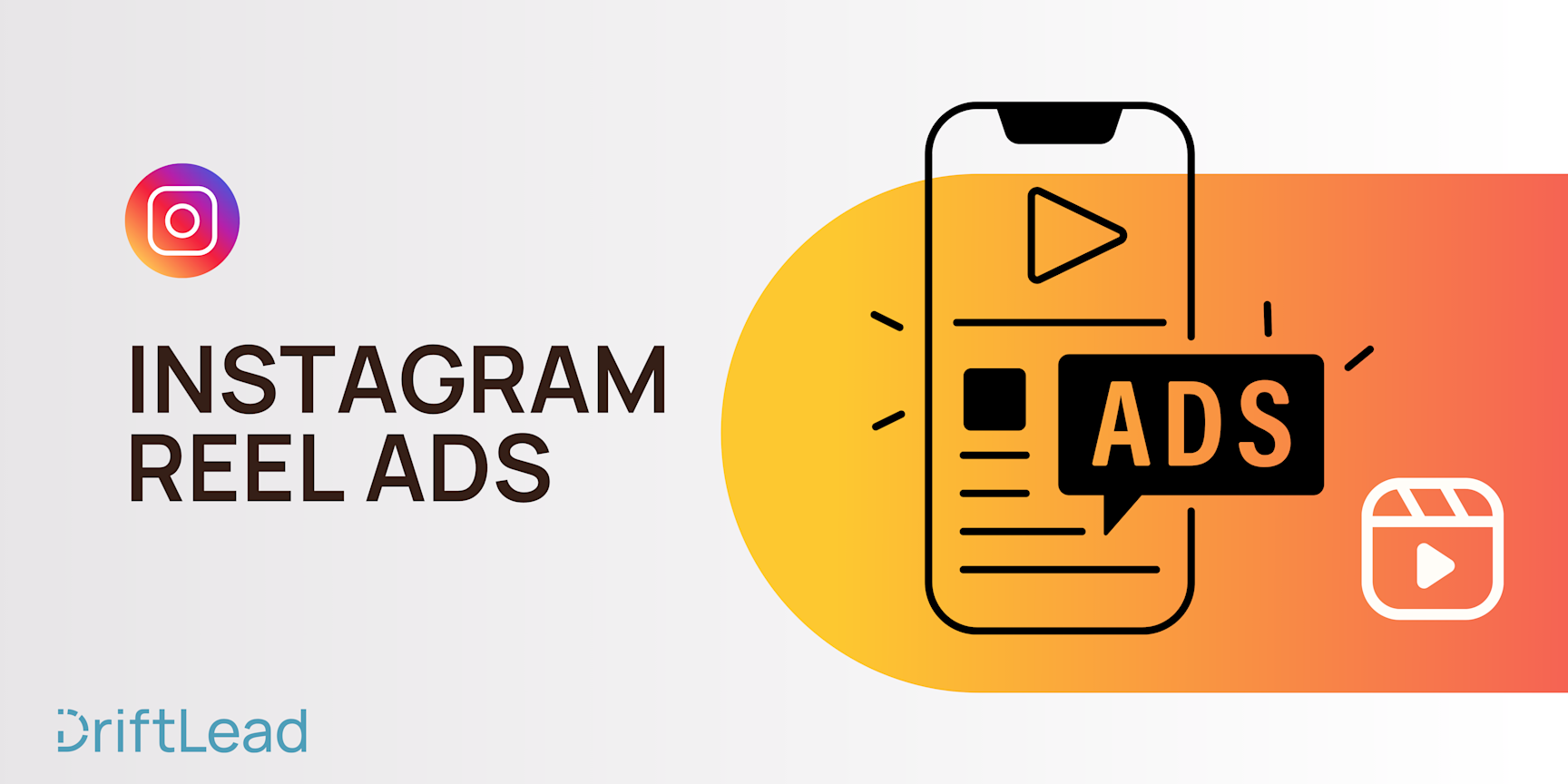BOFU (Bottom of Funnel) Marketing and Why It Matters
26 Apr, 2023
You may have heard the term "BOFU" floating around, but what does it mean? In this article, we discuss what it is and how to use it in your advertising efforts.

Jump to:
#strategy
Hop on our weekly newsletter train! We're sharing tips so stellar, we're practically job-threatening ourselves!
There are plenty of tactics you can use to acquire new customers or nurture existing ones when it comes to marketing. However, one of the most critical but often overlooked tactics is BOFU (or bottom of the funnel) marketing, which plays a crucial role in bringing more leads into your sales funnel and turning them into paying customers. Here's everything you need to know about BOFU and why it matters.
What is BOFU?
Before we get into the article, you may be wondering what BOFU is? At its most basic, BOFU (bottom of the funnel) marketing refers to the last stage in your marketing funnel, which should aim to convert highly qualified users who are almost ready to make a purchase.
At this stage in the marketing funnel (assuming you have implemented a successful omnichannel campaign), users should already be familiar with your brand and products or services. At this stage, users need an extra push or a little more information to get them to purchase.
How Does the Marketing Funnel Work?
A basic marketing funnel can be broken down into three primary steps: awareness, consideration, and conversion.
Awareness (Top of Funnel): To gain exposure for your brand or product, you need to make your target audience aware of its existence. There are many ways to do so, including; advertising, public relations (PR), content marketing, word-of-mouth referrals from existing customers, etc. The key here is developing a message that will resonate with potential customers and get them to remember you.
Consideration (mid-funnel): Now that users are aware of what you have to offer, you want them to begin learning more so they can decide if your solution is right for them. You'll do that by telling potential customers how your product or service solves their problems.
Conversion (bottom-of-funnel): The end of your marketing funnel is where your potential customers take a specific action that you've asked them to. The bottom of your funnel is often referred to as the conversion stage, and its success determines whether or not you make a sale. This is the part of the funnel we will discuss in this article.
How Bottom-of-Funnel Marketing is Different
Bottom-of-funnel users should already be familiar with your brand but need additional information. They are already in conversion mode and want to take action, but they need a bit more coaxing to know that choosing your business is the correct decision.
Bottom-of-funnel users are hungry for information as they seek to validate their decisions before committing—and they will spend more time doing so than your average site visitor. Therefore, they should be treated differently than users at other stages in the funnel.
What is Required Before Implementing a BOFU Strategy?
An omnichannel campaign begins before a user has even been to your website. In other words, before you can appropriately target a prospect with BOFU marketing tactics, they must have already gone through the other steps in your funnel.
By learning how to create a complete funnel before implementing a BOFU strategy, you'll be able to do all of your marketing efforts in tandem, creating a system that works cohesively together. Moreover, by starting each campaign with an awareness campaign, you can test which full-funnel strategies are most effective for your bottom line.
You may not be able to tell with certainty that a visitor is ready to convert, but you can analyze patterns and make a reasonable assumption. For example, use behavior-based segmentation, look for sudden jumps in content consumption (page views or time on site), or pricing page views or cart additions. Or leverage remarketing audiences to determine whether a user engaged with your brand in the past.
Which Channels Play Into BOFU Marketing?
One of your final tasks in setting up your funnel should be to figure out where you're going to advertise or market. Many options are available, from social media to paid search ads but only some are suitable for the bottom of the funnel.
Branded Paid Search
Branded paid search refers to a Google Ads campaign that focuses purely on bidding on your branded terms. Implementing a branded paid search campaign is an excellent BOFU marketing tactic that can be used to capture users who are already familiar with your brand and products.
Especially if your brand is well known, your competitors may also be bidding on your brand name, so by bidding on your own terms, you can maintain a top-of-page position for a very affordable price and ensure that almost every search for your brand results in a session on your website.
Then you can use a CRO-optimized landing page to turn this high-intent prospect into a sale.
Sales Collateral
Sales collateral can come in various formats, but all serve a similar purpose, to give users considering your products more information and entice them to purchase.
Your sales collateral is your toolkit of sales materials that can be used to convert users. Sales collateral effectively converts users because it can give users case studies, pricing information, product guarantees, or anything else that will give them the extra boost of confidence they need to buy.
Demo/Free Trial If you are a SaaS company or subscription service, giving potential users a trial or demo can be an extremely effective way to turn a prospect into a client.
A free demo or trial is an excellent opportunity for the prospect to experience your product at no risk. This is a great offer and call to action to promote on your website, landing pages, and ad creative as well. For higher-priced, more complex products, a demo may make more sense. But for subscription services that are relatively easy to use, free trials can be a great way to get users to sign up.
Testimonials Customer testimonials aren't only helpful in boosting your Google rankings, but they can also help push your prospects into a conversion. Many SaaS businesses now have transparent websites that let users see historical or real-time reviews and testimonials. These glowing reviews often motivate prospects to check out a product and place an order for themselves and are great for converting prospects who need a bit of social proof before leaping.
Promos Incentivize your users to convert with discounts and promotions. You can offer exclusive coupon codes or other promo codes that'll reduce their purchase price in exchange for their email address. For example, "save 20% on your first order" when you opt in to our email list. This makes a lot of sense if your customers often purchase more than once or if a subscription is involved, in which case you can offer a discount on the first month.
Promoting a discount or sale to cart abandoners or past website visitors is often enough to push a user to a customer.
Retargeting One way to get more sales from your existing traffic is through retargeting. This allows you to show ads or messages (via email, SMS, or another channel) to people who have already seen certain items on your site. Retargeting can help you re-engage visitors who have demonstrated interest in the past.
When retargeting via advertising and email campaigns, you can provide prior visitors with additional information, sales collateral, testimonials, or promotion to push them over the edge. DriftLead offers robust retargeting capabilities to get results with BOFU marketing. So, retargeting can be incredibly valuable whether you want more sales or want to lower your customer acquisition costs.
Conversion Rate Optimization (CRO) Conversion Rate Optimization is all about optimizing your website or landing page to increase user conversion rate. Conversion rate optimization is a process that consists of different strategies to increase your conversion rates (i.e, number of customers divided by visits). The importance of CRO lies in getting people to convert through your website or landing page.
While every landing page optimization is unique to each business, some aspects tend to be true for any website. Testing several website elements, including design, structure, copy, color, and more, is crucial to find which works best with your target audience. You can use different types of A/B or multivariate testing to maximize results. There are a lot of optimization tools out there that can help you during this process or even make it easier for you. At DriftLead, we specialize in conversion rate optimization, so when you work with us, you can rest assured that you will be optimally converting users on your website or landing page.
Getting Started with a BOFU Marketing
Moving to omnichannel marketing requires approaching your efforts in a specific order. One of the best ways to think about implementing an omnichannel strategy is to work backward from your campaign's ultimate goal: acquiring new customers. That last step should always be driving people toward a conversion on your website or landing page, leading them further down the sales funnel into customer lifetime value. Driftlead lets you do just that by offering actionable insights on your customer data points. Contact us to see how omnichannel can help your business's bottom line.






